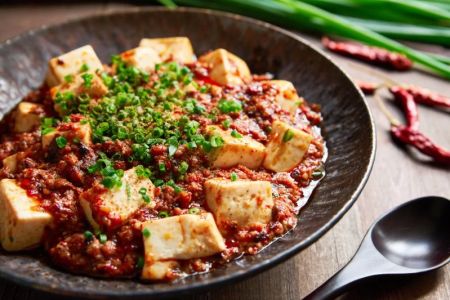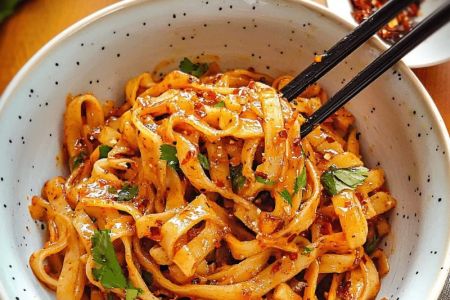- 1-Overview-of-Food-Allergen-Labeling-Laws-in-USA
- 2-Unique-Challenges-with-Chinese-Food-Allergen-Labeling
- 3-Key-Allergens-in-Chinese-Cuisine-to-Watch-For
- 4-Regulatory-Requirements-for-Chinese-Restaurants
- 5-Consumer-Tips-for-Safe-Dining-at-Chinese-Restaurants
- 6-Case-Studies-on-Allergen-Issues-in-Chinese-Food
- 7-Role-of-Education-and-Awareness-in-Allergen-Safety
- 8-Resources-for-More-Information-and-Support
1. Overview of Food Allergen Labeling Laws in USA
In the United States, food allergen labeling is regulated primarily by the Food Allergen Labeling and Consumer Protection Act (FALCPA) of 2004. This law mandates clear disclosure of major allergens on packaged foods, helping consumers with allergies make safer choices.
Although FALCPA focuses on packaged goods, its principles influence restaurant practices, including Chinese food establishments, where allergens must be communicated clearly to customers. Compliance with these laws protects both consumers and businesses from allergen-related risks.
2. Unique Challenges with Chinese Food Allergen Labeling
Chinese cuisine presents specific challenges in allergen labeling due to its diverse ingredients, complex sauces, and common cross-contamination risks. Dishes often contain soy, peanuts, shellfish, and wheat, which are among the major allergens covered by US law.
The use of shared cooking utensils and open kitchens can increase the risk of allergen exposure, making clear labeling and staff training essential. Unlike packaged foods, many Chinese restaurants do not provide detailed ingredient lists, posing difficulties for allergy sufferers.
3. Key Allergens in Chinese Cuisine to Watch For
Common allergens in Chinese food include soy sauce (contains wheat and soy), peanuts (often in sauces and garnishes), shellfish (shrimp, crab, and lobster), sesame, and eggs. MSG, while not a true allergen, may cause sensitivity reactions in some individuals.
Being aware of these common allergens helps consumers ask targeted questions when dining out and informs restaurant staff about necessary accommodations.
4. Regulatory Requirements for Chinese Restaurants
While packaged foods face strict allergen labeling laws, restaurants, including Chinese eateries, are governed by the Food Code, enforced by local health departments. The Food Code requires disclosure of allergen information upon request and emphasizes proper food handling to prevent cross-contact.
Many states have adopted additional regulations mandating allergen training for food handlers, ensuring staff understand the importance of allergen communication and prevention.
5. Consumer Tips for Safe Dining at Chinese Restaurants
Consumers with food allergies should communicate clearly with restaurant staff about their allergens before ordering. Asking detailed questions about ingredients, cooking methods, and cross-contact prevention is vital.
Choosing dishes that are naturally free of common allergens or requesting modifications can reduce risks. Carrying emergency medication and dining at establishments known for allergen awareness can also enhance safety.
6. Case Studies on Allergen Issues in Chinese Food
Several reported cases highlight the consequences of inadequate allergen labeling in Chinese food settings. For example, an incident involving peanut exposure in a Chinese restaurant led to a severe allergic reaction, emphasizing the need for better training and communication.
Conversely, some restaurants have successfully implemented allergen-friendly menus and staff education programs, resulting in improved customer trust and safety.
7. Role of Education and Awareness in Allergen Safety
Ongoing education for restaurant owners and staff about Chinese food allergen labeling laws and safe practices is crucial. Consumer awareness campaigns help allergy sufferers advocate for themselves and understand their rights.
Partnerships between regulatory agencies, advocacy groups, and the food industry foster environments where allergen safety is prioritized, benefiting everyone.
8. Resources for More Information and Support
For more insights on Chinese food allergen labeling laws in the USA and tips for safe dining, visit Chinese Food. The site offers trusted resources, product recommendations, and expert advice tailored to consumers navigating allergen challenges.
Empower yourself with knowledge and make informed choices to enjoy Chinese cuisine safely and confidently.







